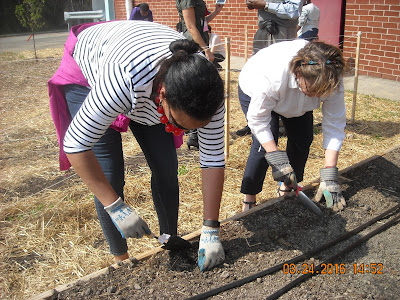The RVAH20 Storm Drain Art Contest was entered in the Public Information and Education:E-Media category.
The project goal was to obtain a Virginia Pollutant
Discharge Elimination System permit by 2018, making Richmond one of
the first cities in the U.S. to do so.
DPU is mandated to reach 20 percent of Richmond residents with a
stormwater/water quality message: address pollution, how the public is related to area waterways, and how individual actions impact overall water health.
So Richmond
DPU developed the first annual Storm Drain Art Project, "It All Drains to the James." Richmond-area
artists would apply to paint a storm drain design that conveyed how important it is to keep
our river – and our drinking water – clean.
The goal was to educate the public that pollutants that go
into storm drains impact Richmond waterways – the very places that are so
beloved for community swimming, fishing and water sports. It’s why all five of the storm drains
selected for this project carry stormwater directly into the James River – and
into our water supply.
When the artists were selected and the art work completed, fans
voted for a favorite design online. The artist with the most votes received the
RVA Choice Award, along with special recognition.
Stroll down Tredegar Street and see for yourself how art can
help communicate that what goes into these drains flows directly into the
James.
 |
| Fan Favorite |

































